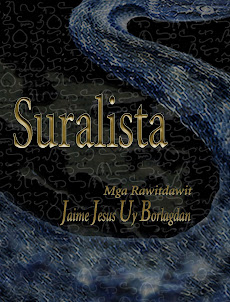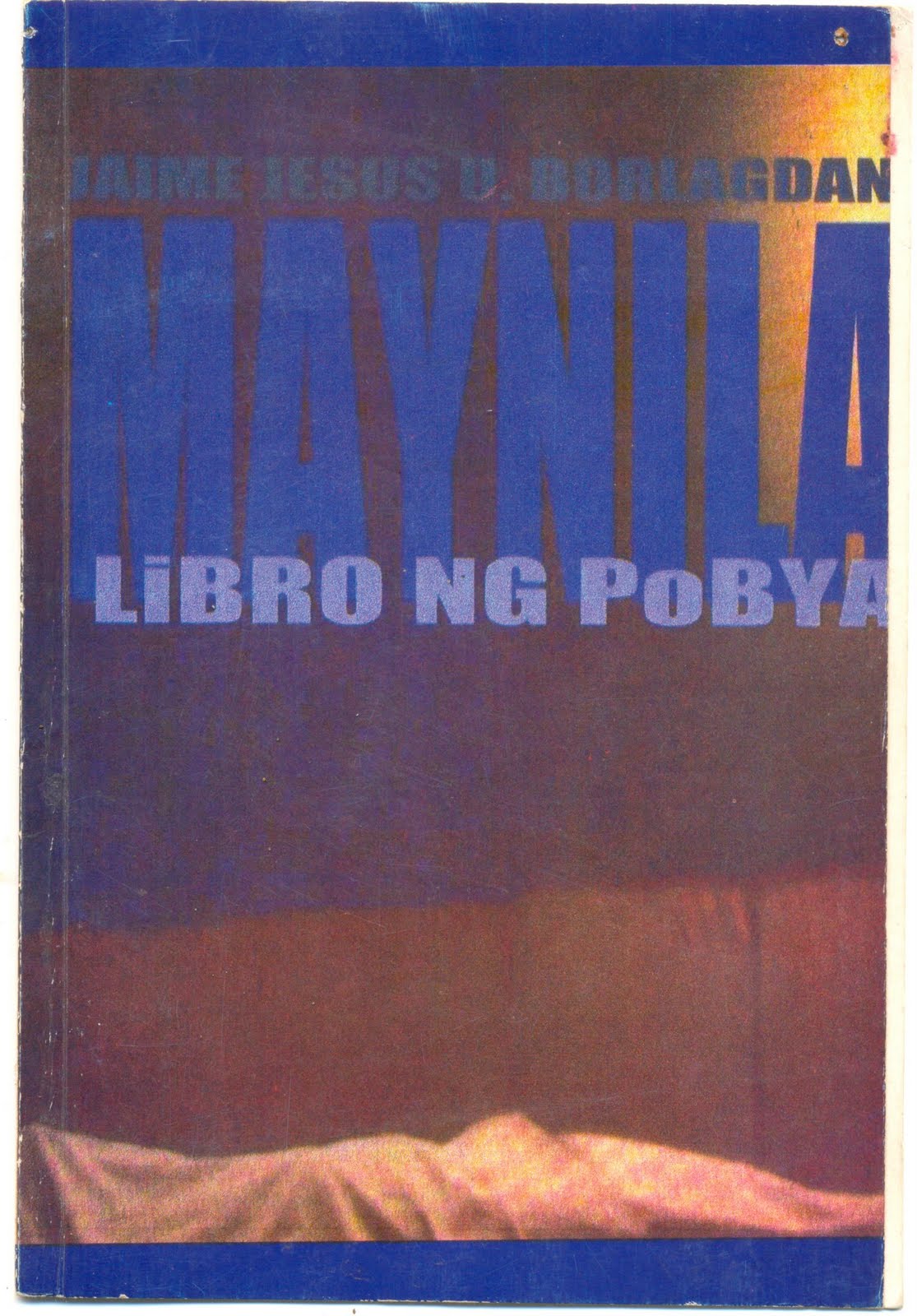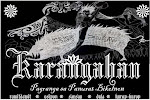Nadadangog ko sa luwas, sa tinampo may mga aking nagkakarawat. Darakupan garo. Yaon si Kris, si Harry, buda sarong an bansag Palago.
Nag-erempoyan. Garo si Harry an enot na taya. Sabi na Kris buda Palago:
"Harry habol! Harry Habol!" Bakasyunista garo an Harry haling Manila.
Kan nadakop si Kris. Suriyaw ni Harry kay Palago:
"Si Kris na! Si Kris na an taya!"
Nagburukudan pa sagkod nadakop si Palago. Siya an murumundaya; dai makabukod. Pigkantyawan ini kan duwa:
"Go Palago! Go Palago! Go Palago!"
Napikon si Palago mala duman, kaya sabi kaini:
"Ba'la daw kamo! Mauli na ako!"
Mantang nagngunguyngoy pauli si Palago daing tunong su sugot kan duwa:
"Go Palago! Go Palago!"
Hali digdi sa de ridang tukawan--digdi sa kwartong madiklom buda pano ki saradit na karton, botelya, tubo, dagom buda parong ki alkohol, an duwa kong paang dai na nagigimata, an mata kong sinukluban na kan katarata--may kun anong kamawotan sa sakong daghan na dumalagan man, mantang pighehemati an mga boses kan mga aki buda an mga pangaran ninda, sa puso kong makina na an nagbubumba, sarong kaakian na dai naggurang.
3/31/15 K.







